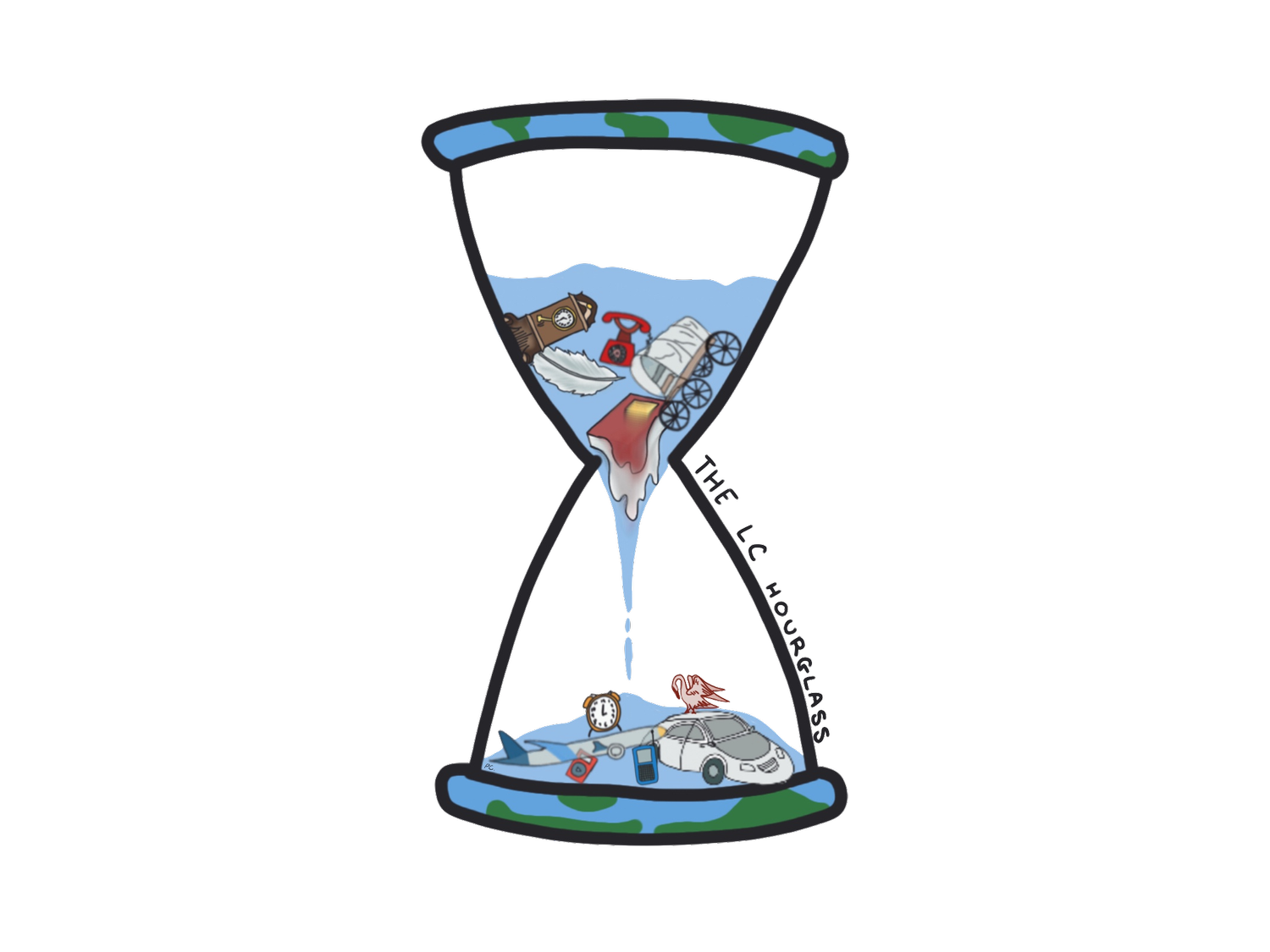How Can Families Lead a Sustainable Household?
By Idil Turkmen, 2025
Mohith Agadi's “The environment is no one's property to destroy;it's everyone's responsibility to protect.” quote emphasizes the importance of environmental conservation and sustainable living. Protecting the environment is every human being’s responsibility because everyone collectively lives on Earth. There are many ways families can help environmental conservation by changing their lifestyle with only a little sustainable effort. The steps families can take to contribute to environmental conservation are choosing reusable items over single-use, upcycling more, and recycling properly. By making everyday items more sustainable with small changes, every individual can contribute. These small actions could prevent such ecological destruction or loss, which could cause havoc in the entire ecosystem.
By replacing single-use daily items with reusable alternatives, families can protect the environment by avoiding the waste that would come out of the used items and avoiding overconsumption. Consider how many people you see daily carry disposable grocery bags, sip from plastic straws, drink water from single-use cups or bottles, use non-returnable utensils, and eat from disposable plates or containers. All this disposable plastic must go somewhere, and it's wreakinghavoc on our soils, marine life, and oceans. All items listed and many more have much more environmentally friendly alternatives. Make the transition to recyclable products and commit to utilizing them as much as possible. In addition, switching to reusable items would prevent companies and factories from having to produce more and more items. Less production means fewer greenhouse gas emissions. As the greenhouse gas emissions decrease, the consequences of global warming and the climate crisis can be diminished. Such small changes can create huge effects, such as avoiding climate change. Therefore, transitioning to reusable and sustainable products has the potential to lead to great changes in sustainable living.
Upcycling more can be the best option to make items valuable by transitioning them for other purposes while avoiding consumption and greenhouse gas emissions from overproduction, getting creative with useless or undesired products by upcycling—essentially transforming garbage into valuable items. Creating something original, such as jewelry, toys, or artwork, is fun and useful to the environment. It will save goods from the trash, and it will also save the environment by preventing the purchase of new products that take a significant number of resources to make like water, land, and human power. Families may also be able to save money by developing a new product before purchasing it. In addition, upcycling, like caring for the arts, can make people feel peaceful and better about themselves by taking up a new hobby. You can have a good time if you use both your imagination and your hand abilities! Furthermore, upcycling can have the same effect as switching to reusable items because it would avoid the consumption of knickknacks.
In contrast to what’s known in the majority, recycling can sometimes result in wish-cycling. Wish-cycling is the situation of placing objects in recycling bins and hoping that they will be recycled. Therefore, recycling properly with knowledge can avoid wish-cycling and contribute to the environment by regaining the materials for usage. Learning and teaching your little ones (if you have) what can and cannot be recycled in domestic garbage containers can contribute to avoiding wish-cycling. Throwing the wrong goods in the trash might cause the entire batch to be rejected, which means they will end up in the landfill. Learning how to recycle certain products like electronics, batteries, and home appliances would also be beneficial. Working with your own local government for garbage locations and making every effort to get recyclable products to proper disposal facilities can add to environmental conservation by ensuring a proper recycling process. Recycling has many benefits for environmental conservation, such as conserving natural resources, preventing pollution, and saving energy. Therefore, ensuring a proper recycling process can help protect and conserve the environment.
In conclusion, families can contribute to the conservation of the environment and live sustainably by taking small steps such as switching to reusable items from single-use ones, upcycling, and recycling properly by avoiding the wish-cycling process. Environmental conservation is important in terms of human health, the climate, and many other aspects, and humankind can protect the environment by making small, sustainable changes in families’ lives. These changes can contribute to avoiding the ecological destruction made by human action. Every family willing to preserve the environment can have a butterfly effect with these small changes.
Bibliography
12 Ways You Can Protect the Environment | Green Mountain Energy. (n.d.). Green Mountain Energy Company. https://www.greenmountainenergy.com/why-renewable-energy/protect-the-environment
Budd, A. (2021, November 30). Best Environmental Conservation Programs Abroad for Eco Volunteers. International Volunteer HQ. https://www.volunteerhq.org/blog/best-environmental-conservation-programs/
R. (2020, October 31). Methods and Importance of Environmental Conservation. Conserve Energy Future. https://www.conserve-energy-future.com/methods-and-importance-of-environmental-conservation.php
Team, Constellation Community. 2022. “25 Ways to Make Your Home Sustainable.” Constellation Residential and Small Business Blog. August 2, 2022. https://blog.constellation.com/2020/01/07/ways-to-make-your-house-more-sustainable/.
